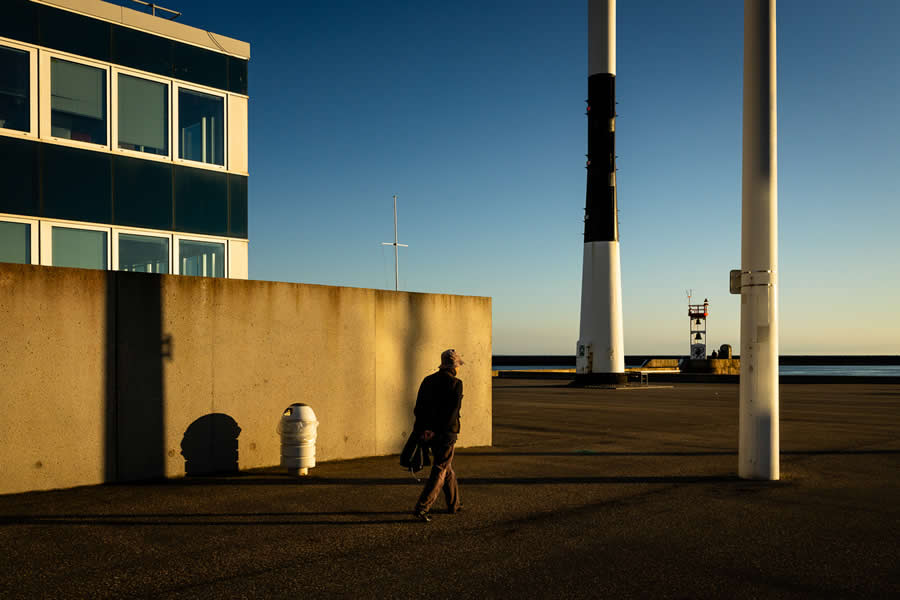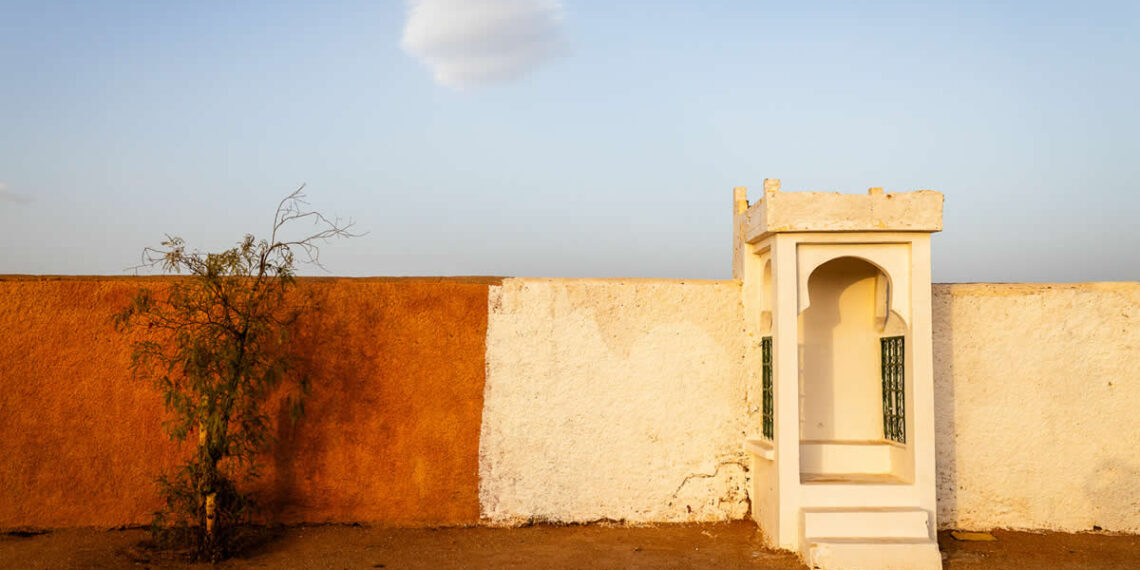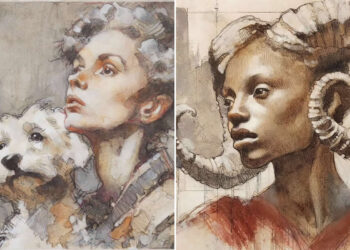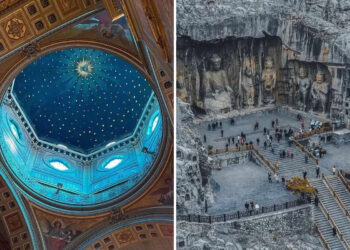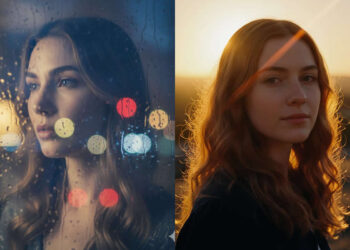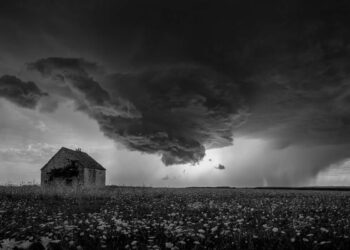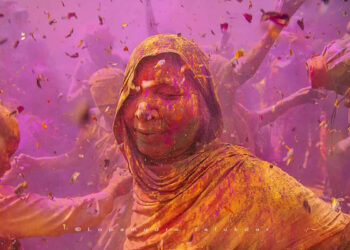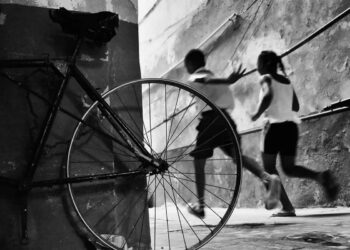There’s something undeniably magical about the way Nicola Fioravanti captures the rhythm of urban life. His street photos are more than just moments frozen in time — they’re poems written in color, whispering stories of people, light, and architecture. Born in Italy and now based in Paris, Nicola’s photography explores how color transforms into emotion — a living language that reflects the heartbeat of the city.
“My name is Nicola Fioravanti,” he says. “I’m an Italian photographer based in Paris. My work explores the expressive potential of color in urban environments — not as decoration, but as a language in its own right.” In his images, color is not an afterthought — it’s the very soul of the frame. From the vivid walls and quiet shadows of Morocco to the refined hues and geometry of Paris, every shot reveals balance, silence, and emotional depth.
Nicola’s vision is meditative and deeply human. He photographs the world with calm precision — capturing not chaos, but the stillness hidden in everyday motion. There’s a sense of minimalism and poetry in how he composes — every wall, every passing figure, every reflection feels intentional. His color work is pure, balanced, and emotionally resonant — proof that urban life can be as tender and soulful as it is vibrant.
Through his lens, color becomes memory, architecture becomes feeling, and the streets turn into a symphony of light and silence. His photography reminds us that beauty exists in the quiet — in the pause between footsteps, in the flicker of shadow, and in the way the city breathes when no one’s watching.
You can find Nicola Fioravanti on the web:
#1
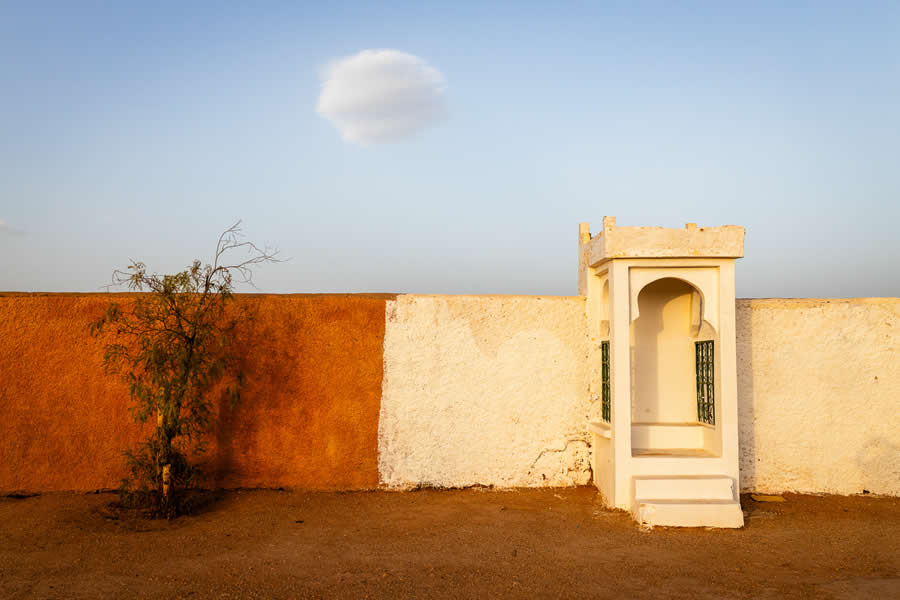
#2
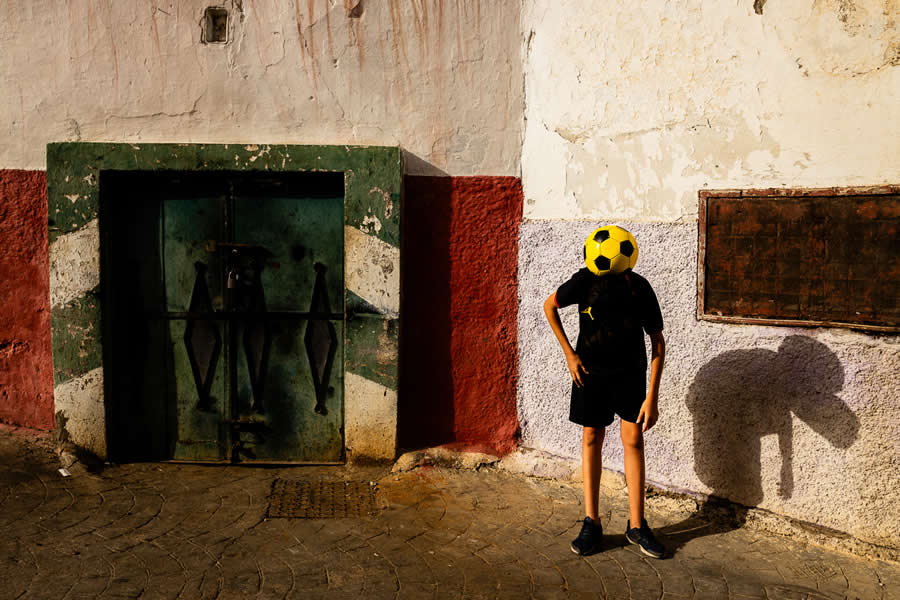
#3
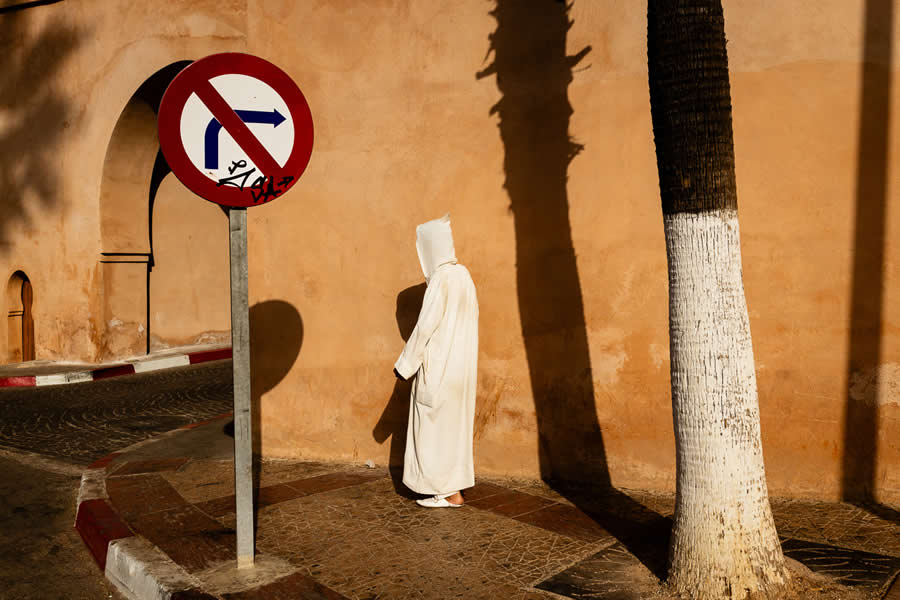
#4
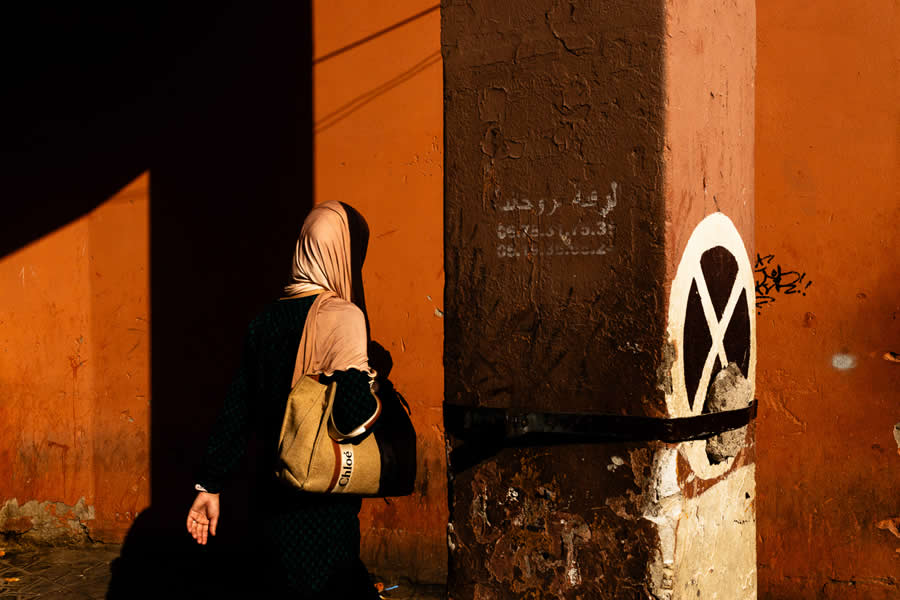
#5
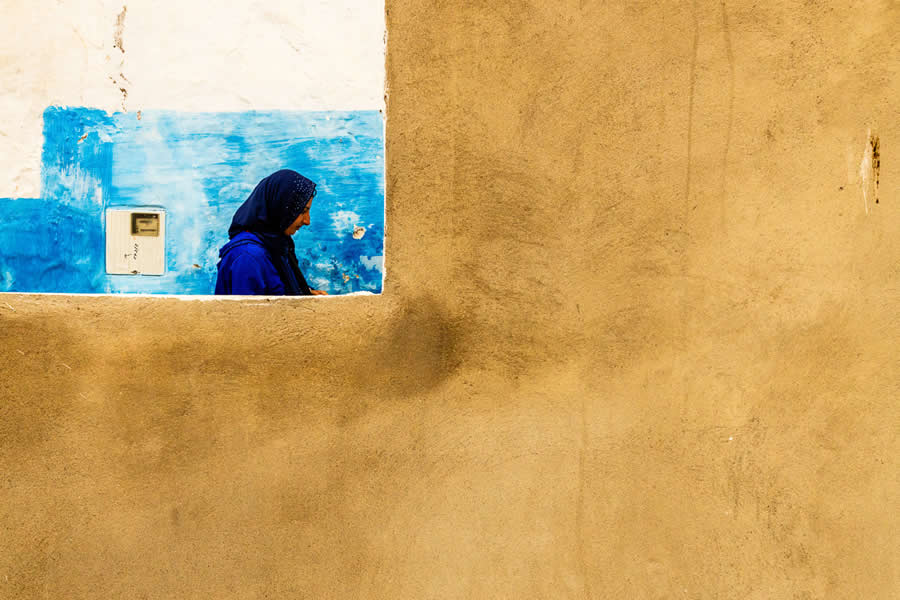
The Art of Seeing the Invisible
Nicola Fioravanti’s photography is all about perception — about seeing what most people overlook. He approaches the street like a silent observer, noticing how light dances on concrete, how shadows stretch like stories, and how color shapes emotion. His photos don’t scream; they whisper. Every frame feels deliberate yet effortless, crafted with an artist’s intuition and a poet’s restraint.
When you look at his work, you sense that the city is alive — breathing through walls, windows, and reflections. His Morocco series, especially, reveals this sensitivity: sunlight spilling over textured walls, a passerby framed in perfect harmony with the environment, colors that feel both ancient and modern. Nicola’s art teaches us to slow down, to really see — to find emotion in the ordinary.
#6
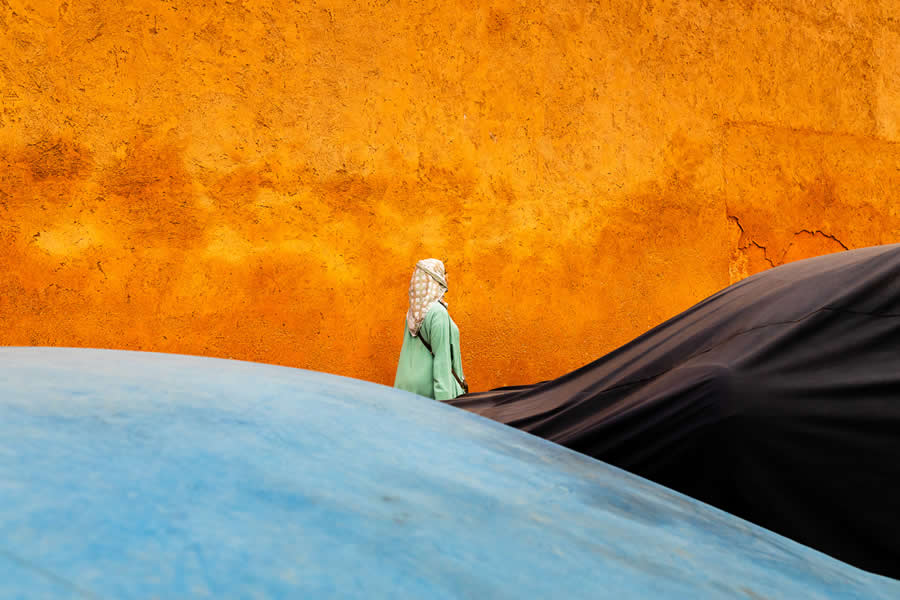
#7
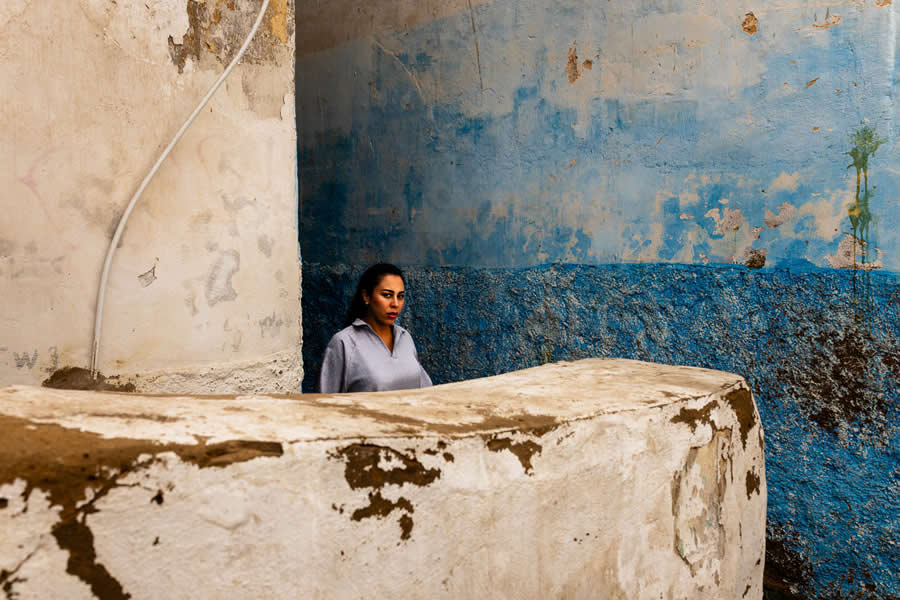
#8
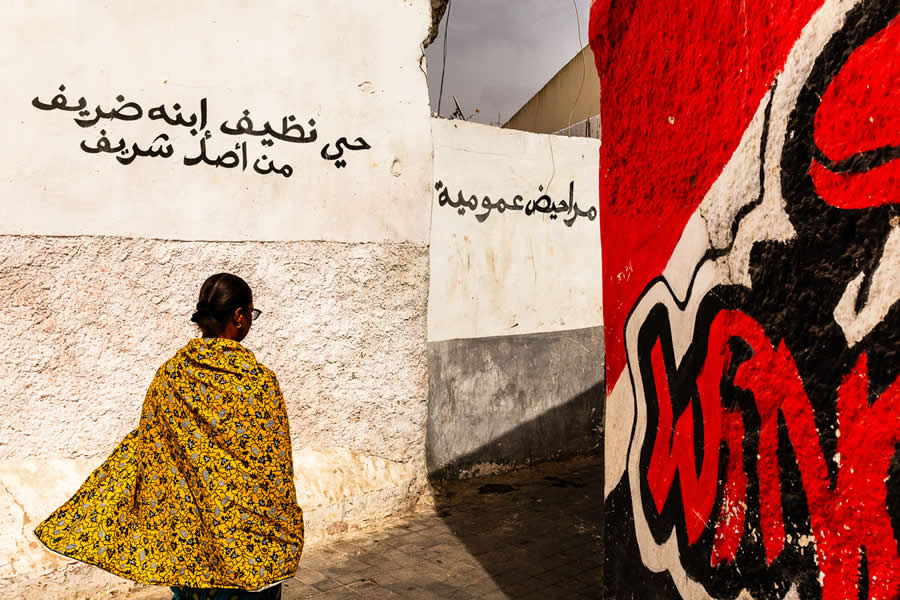
#9
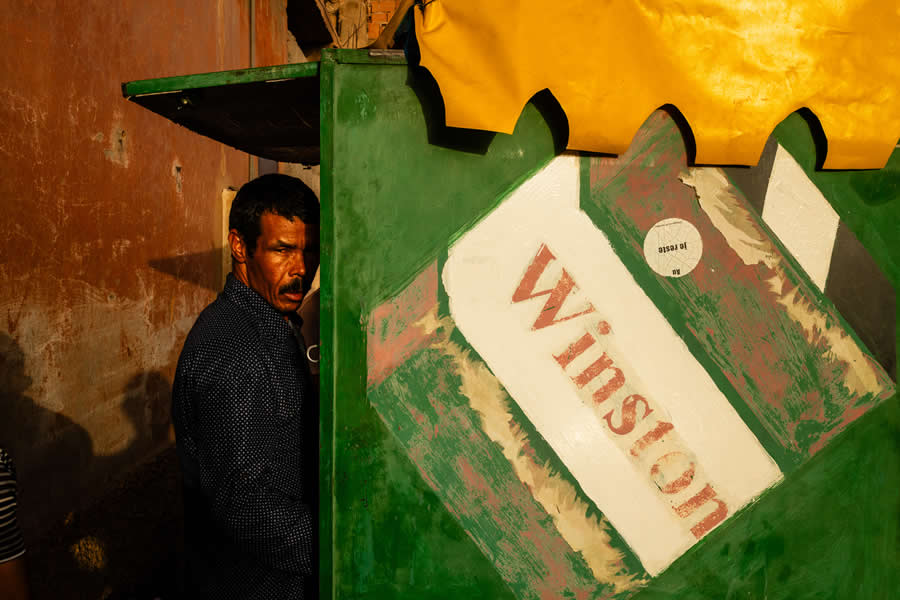
#10
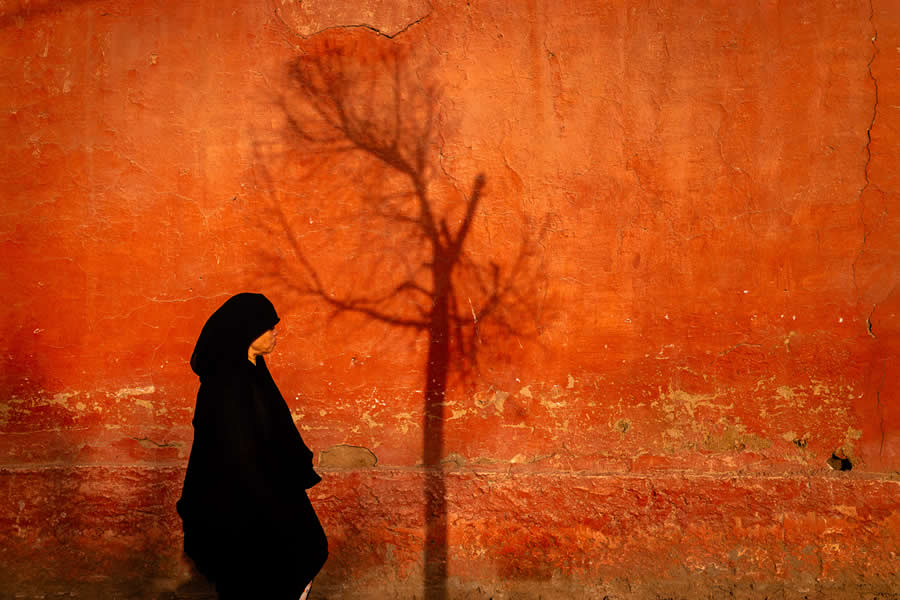
From Traveler to Storyteller
Nicola’s journey into photography began not in a studio, but on the road. After years of traveling for work, he realized that he had seen countless cities — yet never truly experienced them. That’s when he picked up a camera, turning travel into discovery. Through the lens, he learned that the world isn’t just made of shapes and structures, but of stories written in light and rhythm.
What started as documentation evolved into expression. His camera became his translator, transforming buildings into emotions and streets into verses. In Paris, where he now lives, his photos reflect this personal evolution — the subtle harmony between people and place. There’s an emotional weight behind every composition, a sense that he’s not just photographing life, but listening to it.
#11
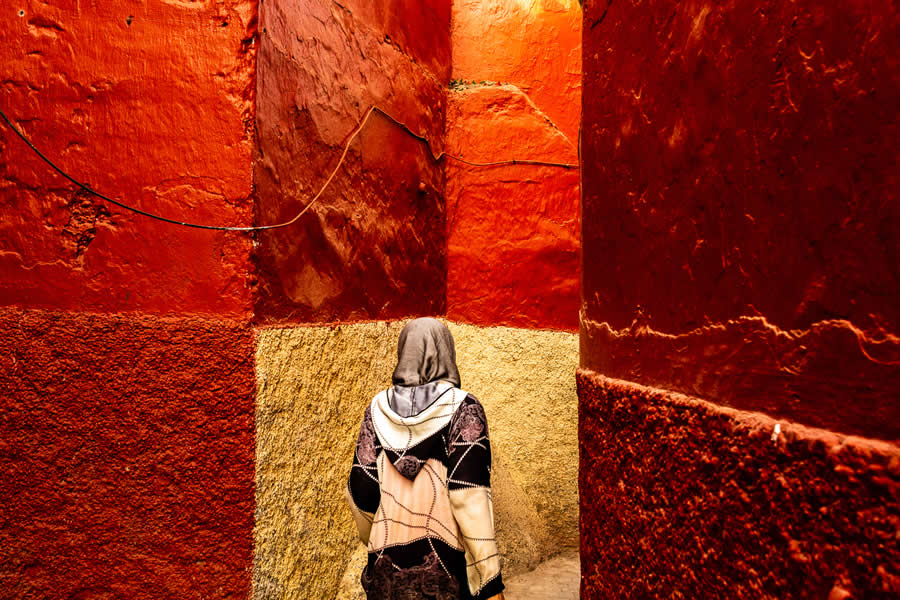
#12
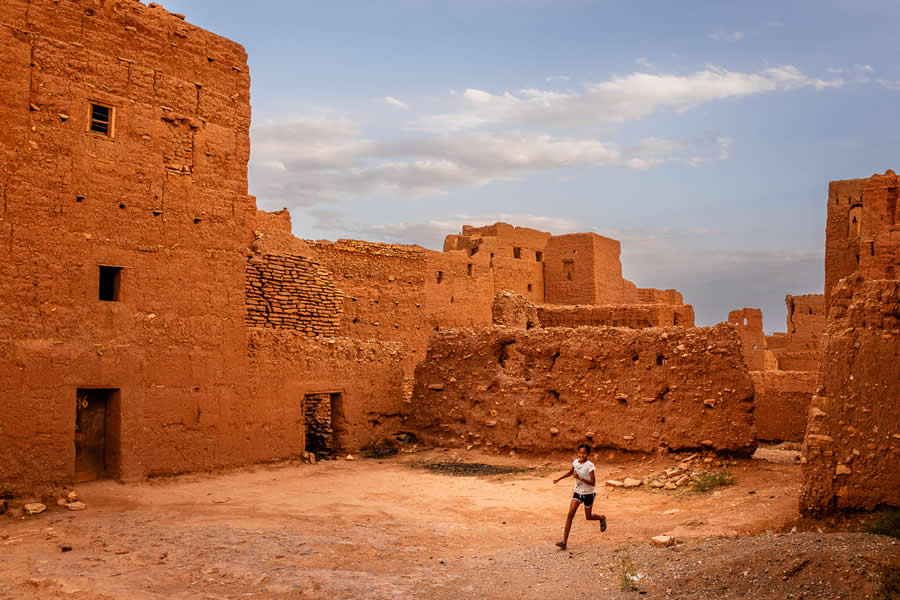
#13
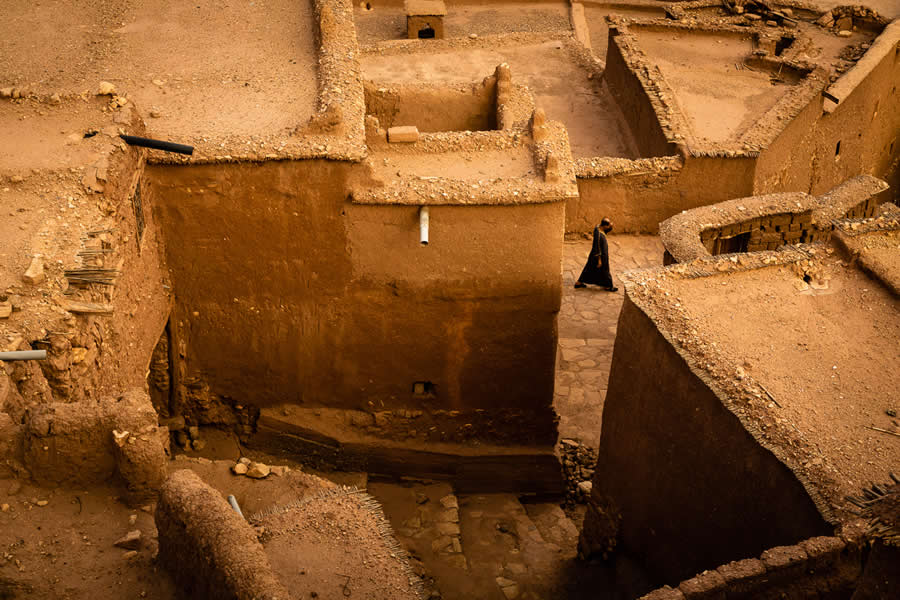
#14
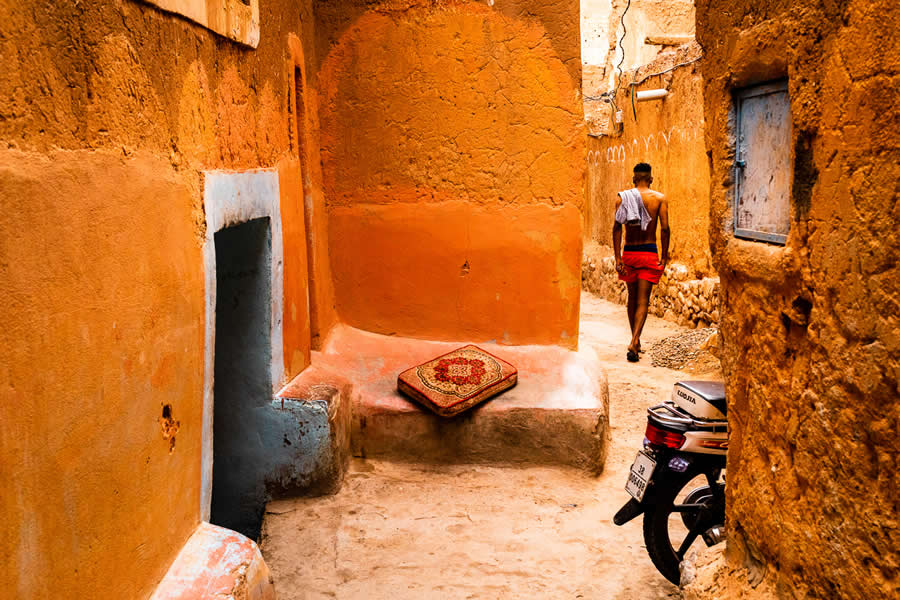
#15
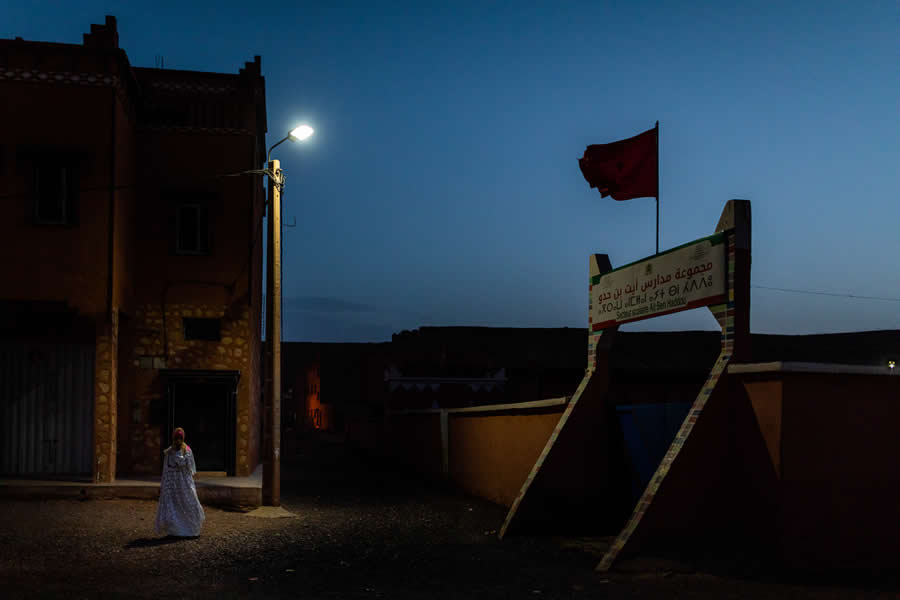
The Emotional Language of Color
Color, for Nicola Fioravanti, isn’t just visual — it’s emotional, psychological, and deeply personal. In his words, color is a “system of signs,” a way of understanding how people inhabit spaces. Whether it’s the warm ochres of Moroccan walls or the soft blues of a Parisian morning, his palette feels alive — connecting viewers to the emotional pulse of each environment.
In his photographs, color tells stories that words can’t. It becomes memory — linking people, places, and time. His framing often isolates small moments, letting the hues carry meaning: a lone figure crossing a red shadow, a quiet corner soaked in gold. It’s not just about aesthetics — it’s about emotion. Nicola captures how color feels, not just how it looks.
#16
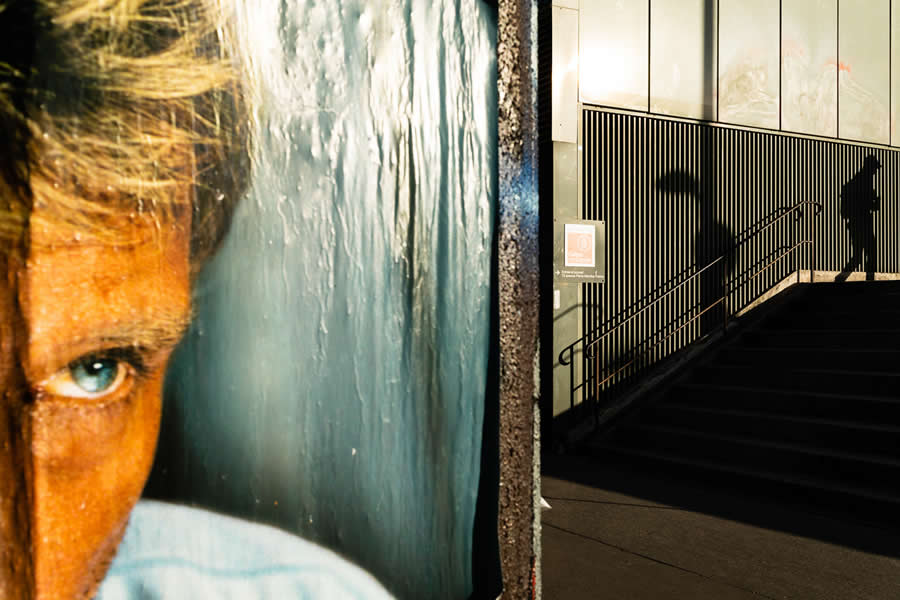
#17
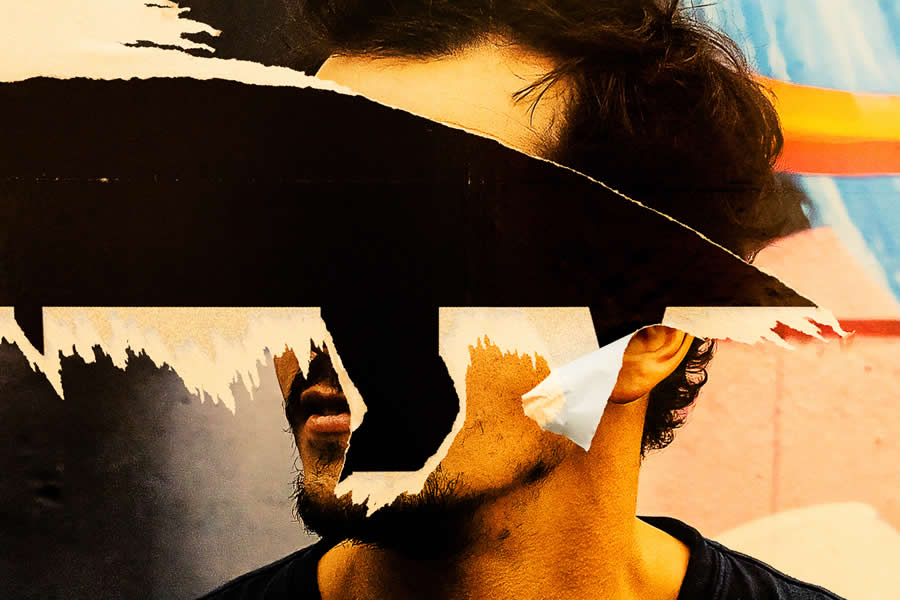
#18
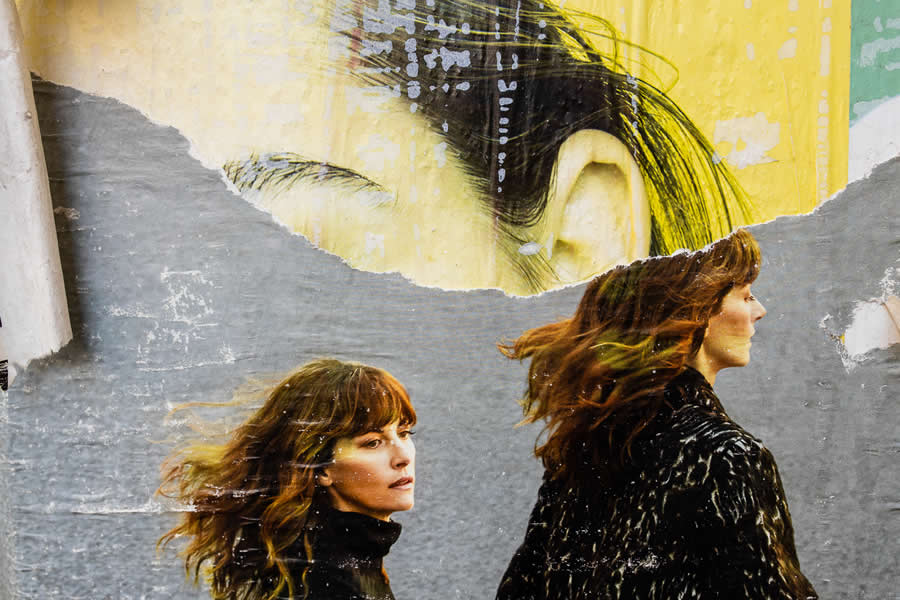
#19
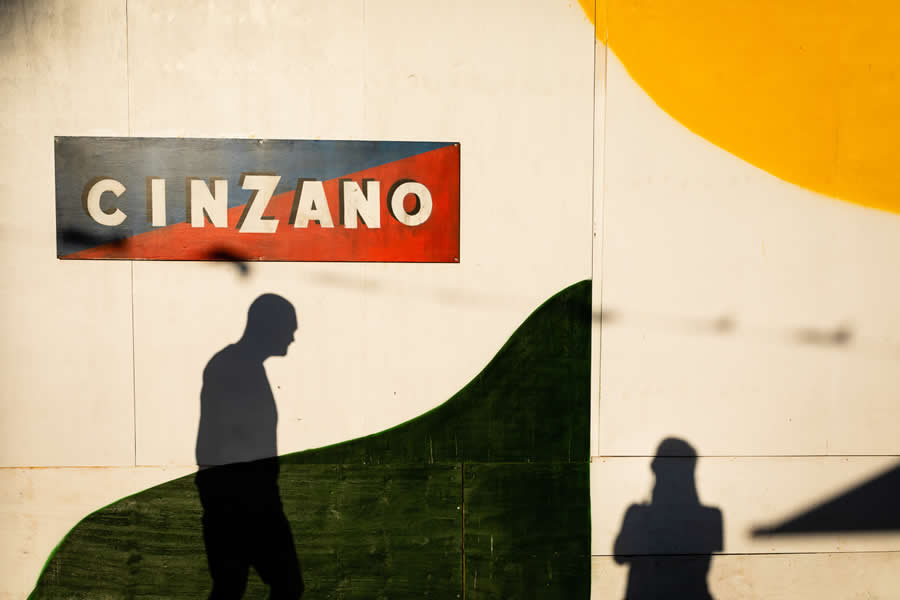
#20
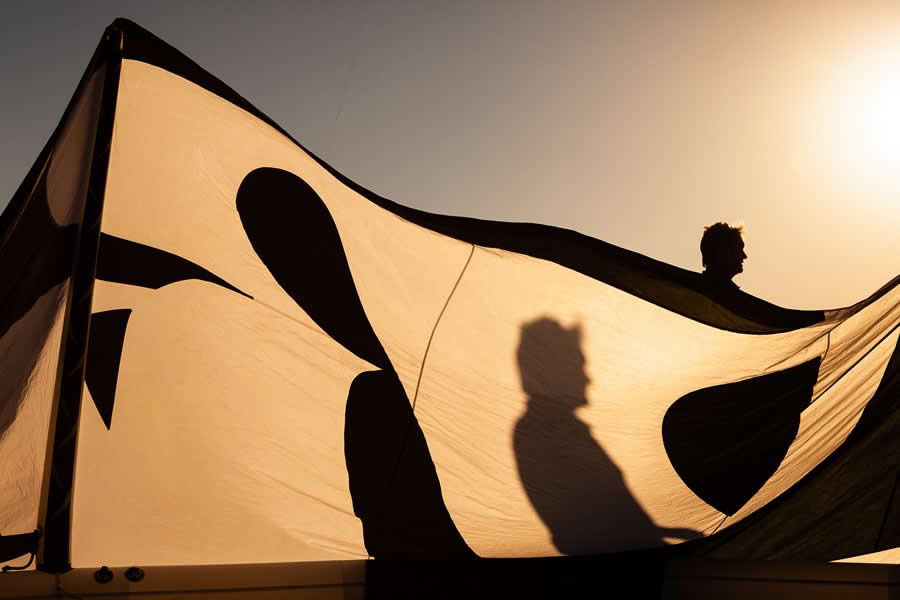
Silence, Minimalism, and the Poetry of Space
There’s a profound silence in Nicola’s photos — a visual quiet that invites reflection. He finds poetry in emptiness, beauty in stillness, and power in restraint. His compositions often feature minimalist geometry — clean lines, balanced framing, and perfect use of negative space. Yet within that simplicity lies enormous emotional depth.
His Morocco and Paris images especially embody this calm. A figure walks past a glowing wall, casting a long shadow; the light feels eternal. His photographs don’t just capture moments — they create atmospheres, where silence speaks louder than sound. There’s a meditative quality in his work, something that draws you in and holds you there, like a pause in a beautiful song.
#21
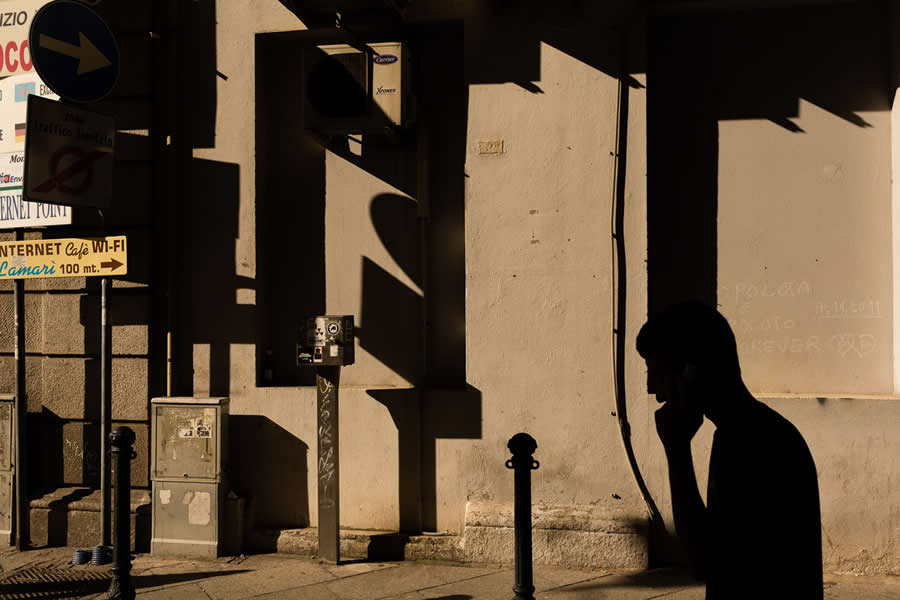
#22
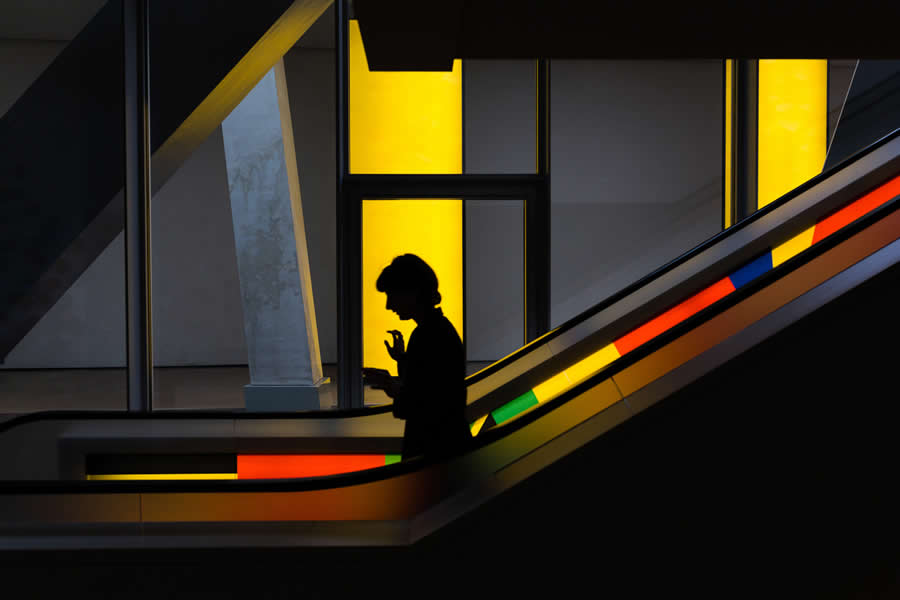
#23
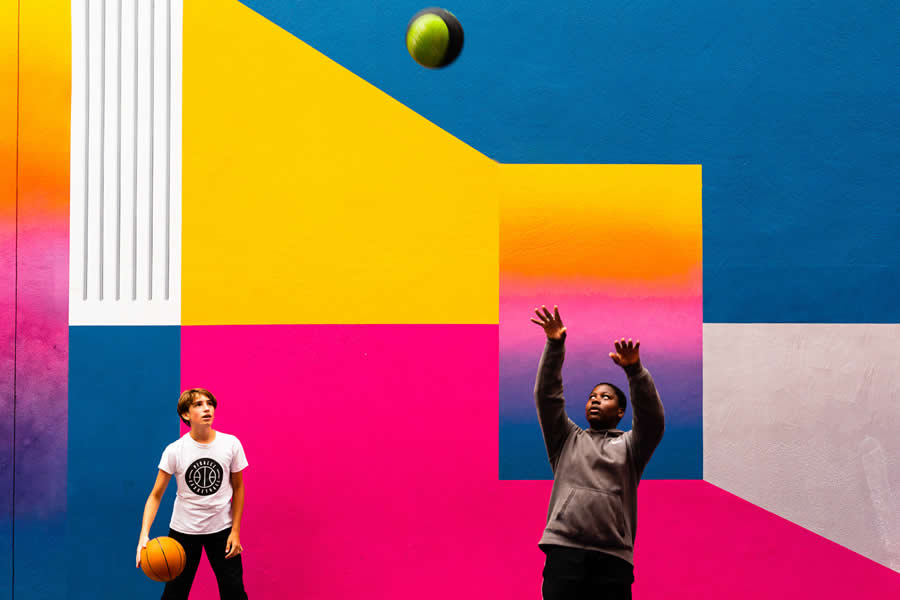
#24
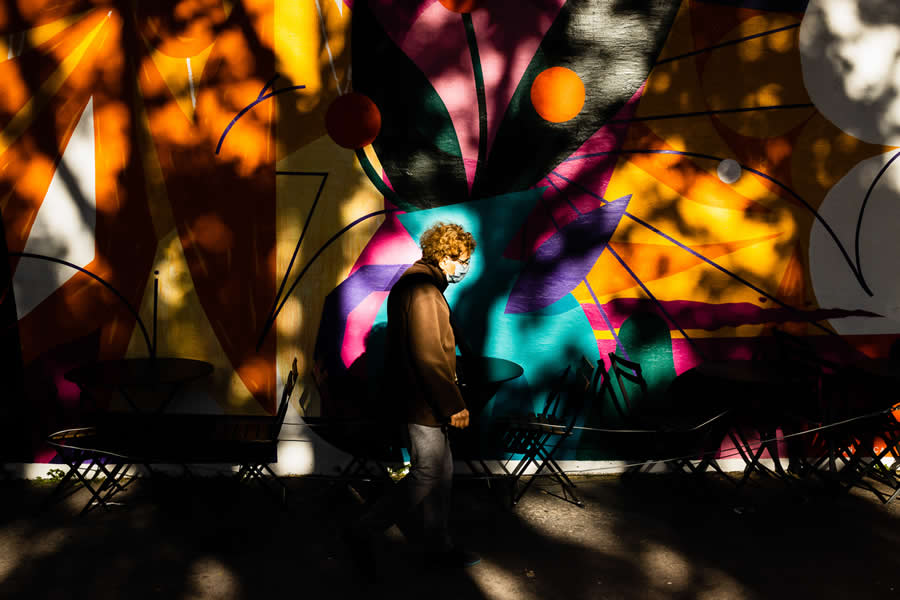
#25
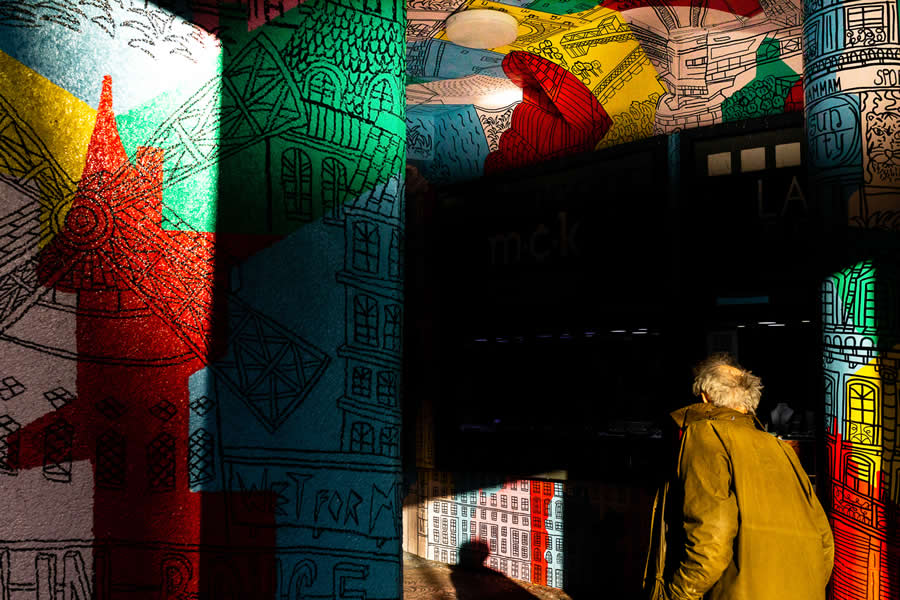
Inspirations and Global Recognition
Nicola’s photography has earned international acclaim, exhibited in Paris, London, Munich, Palermo, and beyond. His works have appeared in major galleries like Somerset House, Palais de Tokyo, and Pinakothek der Moderne, and he’s been honored in competitions such as the Sony World Photography Awards, IPA, PX3, and 1839 Awards.
His creative influences read like a who’s who of color photography — Alex Webb, Ernst Haas, Luigi Ghirri, Harry Gruyaert, and more. Each has inspired his understanding of how light and color can reveal the unseen emotions of daily life. Yet Nicola’s style remains uniquely his own — soulful, structured, and full of feeling.
Through his art, he doesn’t just document the world — he interprets it. His photography is a dialogue between memory and emotion, color and silence, light and human experience. Nicola Fioravanti doesn’t just photograph cities — he translates them into visual poetry.
#26
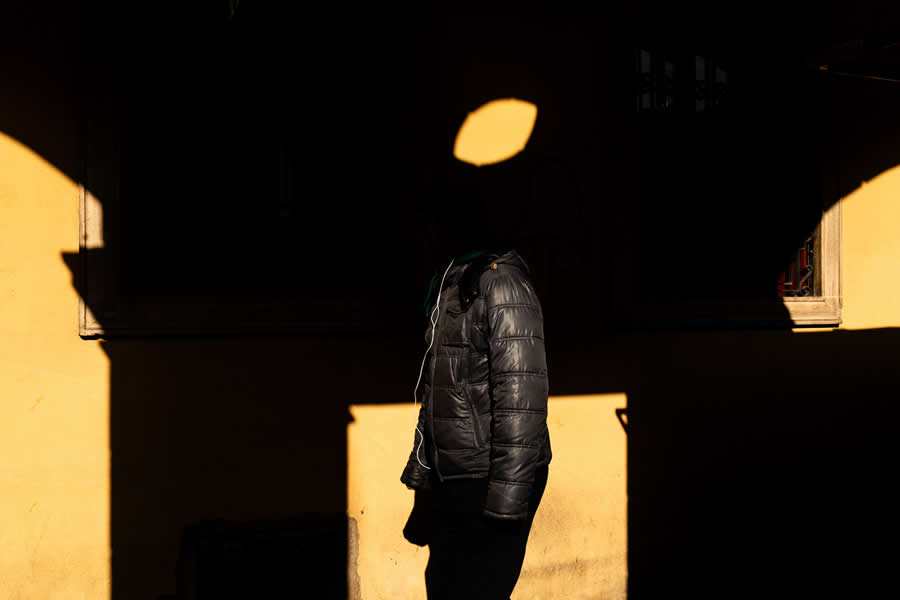
#27
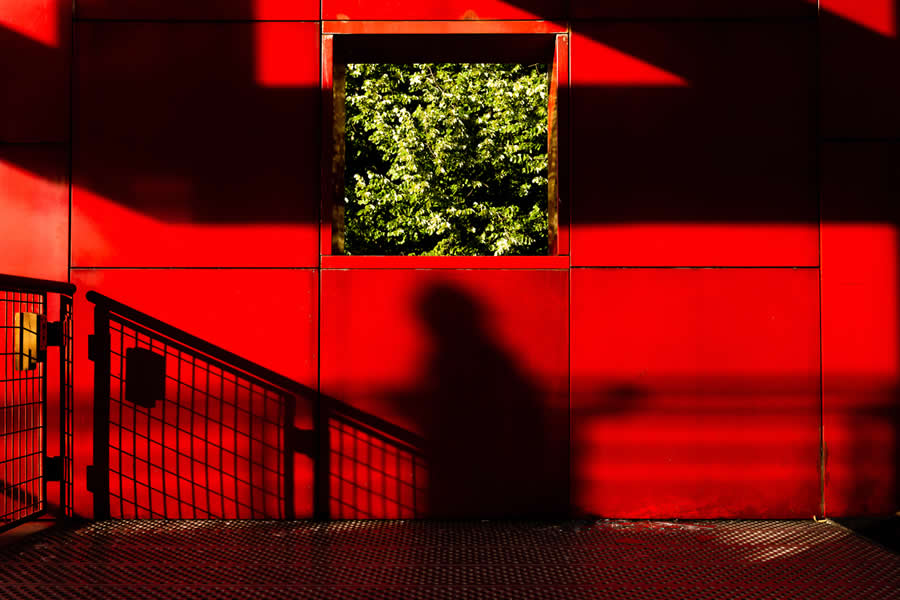
#28
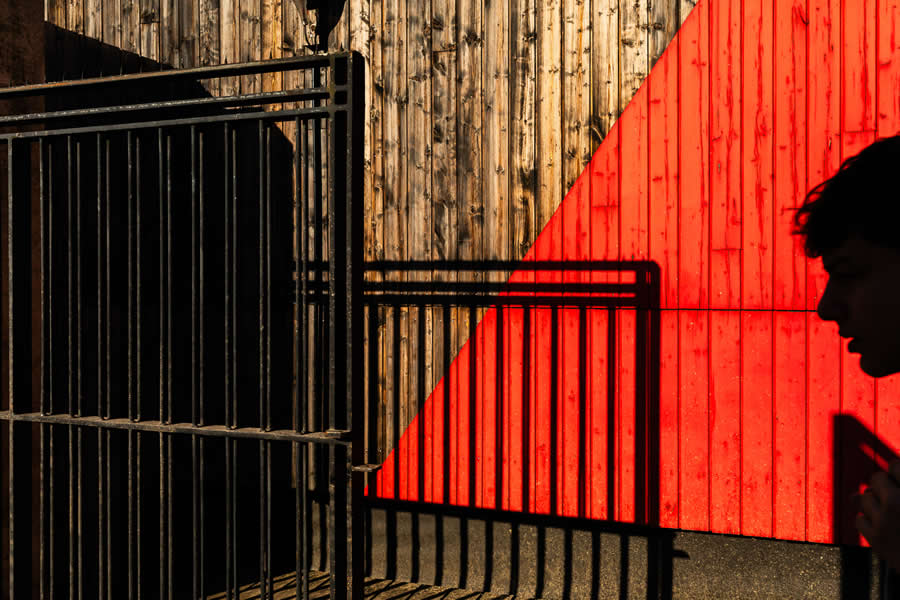
#29
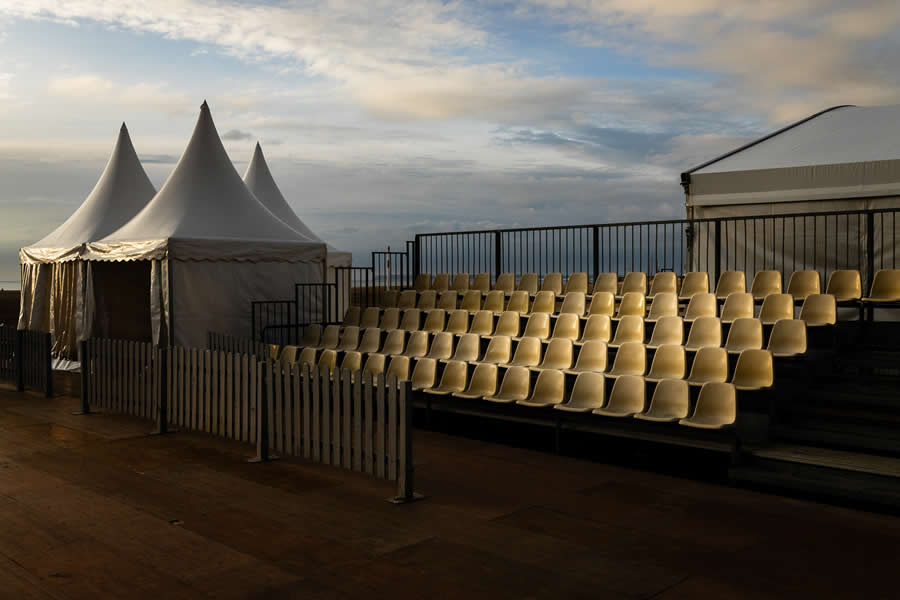
#30
